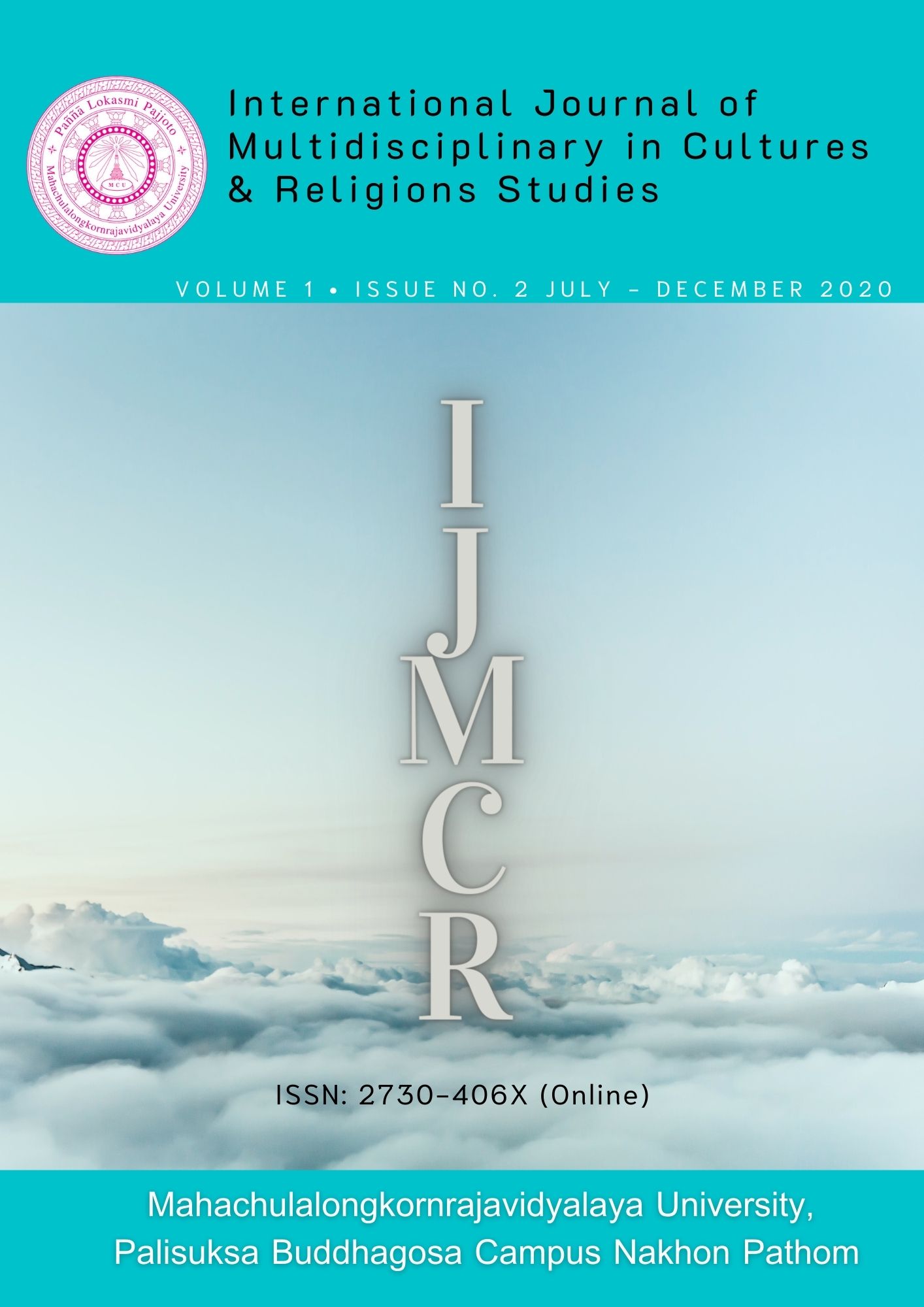Palliative Care and End of Life care in Nangrong Hospital, Buriram Province, Thailand
Main Article Content
Abstract
This research uses qualitative research to synthesize the knowledge of operational aspects of palliative care and end of life care specify in Nangrong hospital, Buriram Province. The objective was to study the needs of patients in palliative care and end of life care. And apply the result to synthesize the knowledge of palliative care and end of life care through selected Nangrong hospital, Buriram Province as a specific area. The populations in this study are patients who need palliative care and end of life care amounted to 150 peoples, nurses totaling 20 peoples. Since October 2016 September 2017 and studied by in-depth interviews, observation on focused group discussions. As well as the exchange of ideas involved. The study of patient’s factor found that 1) The symptoms of physical suffering including pain, dyspnea, nausea, vomiting, constipation and restless. 2) Psychological symptoms such as depression, anxiety, denial, ignorance about the disease, pharmaceutical care when they return home and concerned about family 3) Social dimension symptoms include loss of job, the role of social, economic and revenue 4) Syndrome dimensional spirit such as dependable spiritual, fear of death, fear of pain before death and life after death. In addition, in personnel factor found that 1) Personnel can use the skills of technology or Medical science that can reduce the physical suffering of 90 percentages. On the other hand, the suffering psychological dimension, Social and spiritual are problems that need to be a concern. Additionally, need the knowledge and skills in an interdisciplinary approach to integrate treatment such as psychological knowledge, communication skills, religious, and ritual, legal and massage also needed.
Furthermore, the use of medical technology to deal with death and also was seen as a life rescue some drugs hasten to death. Moreover, it may also become the serious problem that drives suffering from death to patients who must be cannot leave peacefully and also the often conflicts between patient’s relative and the medical staff because of the misunderstood in the method of treatment. The more importance is each patient have varies individual background thus theirs treatment management must be also different based on its vary. As a result, to find a demand management problem must be also present.
Article Details
References
Development policy Ministry of Public Health. (2014). Strategy development index rating.Thailand population health and disease. International Health Policy Program. 2012; Cancer Control, knowledge into action World Health Organization.
Kubler-Ross, E. (1992). On death and dying. London: Tavistock Publications.
Nhoochareonkul, S. (2012). The advanced nursing practice with palliative care. In a national conference on palliative care. The links Education into practice. Prof. Young's rights originally commanded Uma Porn wide net power, religious Cancun.Praveen TG editor. The company offset the creationists.
Orem D.E. (2001). Nursing: concepts of practice. (6th ed.). St. Louis, MO: Mosby. World Health Organization.
Phra Phaisal Wisalo. (1999). Helping terminally ill patients with a Buddhist. Bangkok.
Sri-Vieng. (2012). The Harmony of Education to Service: How to Start.Palliative Care in Your Setting the default, however a reality. In Conference National palliative care issues. The linking of education into practice. Prof. Young's rights originally commanded Uma Porn wide net, power, medicine tycoon Praveen TG editor. The company offset the creationists.
WHO. (1998). Cancer pain relievers and palliative care in children. Geneva: World Health Organization.


